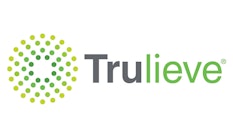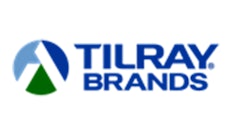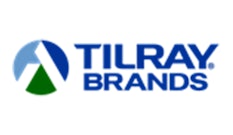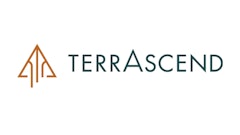
Michael Campbell spent 20 years in tech and 20 years in finance, bringing companies public and learning how to read market trends. The CEO of CalEthos says that many of those trends can be universal; what works in one industry tends to work in another. In retail, this is often the case.
“Cannabis obviously is the next emerging market on the board, if you will,” he says. “Probably four-plus years ago, the deal flow that came across my desk started to be cannabis maybe once a month, then once a week, once a day, multiple times a day, right? Everyone and their brother was looking for capital to do something in cannabis, so that piqued our interest.”
Campbell began spending time in California, talking with business owners about what was needed and where things were going in this burgeoning legal landscape. The state legalized adult-use sales as part of its sweeping Prop. 64 legislation, and the market officially opened its doors on Jan. 1, 2018. With each dollar spent in California’s multi-billion-dollar cannabis market, more data becomes available. More lessons are learned.
“Through that process, we learned a lot about the game,” he says, describing his forays into the sprawling market. “The single biggest weakness we saw in the market was retail, but the single biggest opportunity was retail.”
And that’s how this story begins. CalEthos plans to roll out its Showcase retail concept in 2020, beginning with sites in southern California (minimum: 20,000 square feet each). Campbell hesitates to call this a “dispensary,” drawing a contrast between his team’s ambitious plans and the licensed storefront that’s come to dominate the early years of cannabis retail.
"We're also really focused on the canna-curious versus the established marijuana user. We see that as a single biggest market opportunity.”
- Michael Campbell, CEO, CalEthos
“Initially, we looked at working with some of the vertically integrated groups that were looking to do things like build a chain of 100 smaller stores across the state, and we looked at that model,” he says. “And it was interesting, but it still had the same problems for the other brands.”
Campbell’s team focused on the layout and presentation of more traditional department stores and places like Total Wine & More, a national retailer that boasts a large selection of product driven by curation. That was the key, Campbell says: curating brands and giving those companies a platform to engage the consumer directly. Total Wine & More advertises a seminar room with daily classes on different brands of wine, liquor and craft beer, zeroing in on each brand’s qualities and how well they might pair with a steak dinner or a broader flight of drink options. The people who know the products best can describe them in-person with the people who are buying them (customers who have have just attended the Showcase event center to learn more about, say, CBD topicals and pain management).
With more brands entering the cannabis space, a process like that circumvents the traditional model of the dispensary and places brands in front of people. Campbell says it’s that simple equation that’s missing from the retail landscape now.
“We, in essence, modeled the Showcase after [Total Wine & More] and started talking to brands about, ‘What did they want? What did they need?’” Campbell says. “The biggest thing we got out of all those conversations was [they] want to be in front of people telling them about our product. That's what they don't have—a voice in the market. They have really very limited venues to connect to the consumer today.”
Campbell adds that most brands carry something around 100 SKUs, but they may only get five or 10 SKUs into a particular dispensary. Even then, the slotting fee can be onerous. The model itself needs to be revisited, he says.
“The only other brand to consumer interaction opportunity they have are they might get an hour to set up a fold up table with some of their products and then try to snag customers as they walk in the door,” he says. “It's expensive. I know companies that have put 40 brand ambassadors out into the market. That's not a cheap thing to do to have those people roaming these dispensary's eight hours a day.”
The Showcase store breaks down into several areas in order to facilitate those direct conversations: in-store boutiques, which feature a full product line from one brand; shared kiosks for multiple brands under particular product categories; and the Chill Zone, where edibles and beverage brand can set up shops behind counter and in wall coolers (“We see beverages and edibles coming on strong here,” Campbell says.)
Kiosks are set up under vape, concentrates, flower, CBD topical and CBD ingestible product categories.
In those areas, brands will control the actual display of their products, while Showcase manages inventory and handles the point of sale. Watch a virtual tour here:
“We're trying to elevate it to a different look and feel,” Campbell says. “We're also really focused on the canna-curious versus the established marijuana user. We see that as a single biggest market opportunity.”
To approach that consumer segment, Campbell points to the Showcase event center, where brands will lead half-hour educational sessions on particular topics for an audience of up to 200. It’s another way to galvanize that relationship between consumers and brands.
“To put it in a class or a seminar or workshop-type environment, we think is very powerful,” he says. “It's a powerful draw.”
























